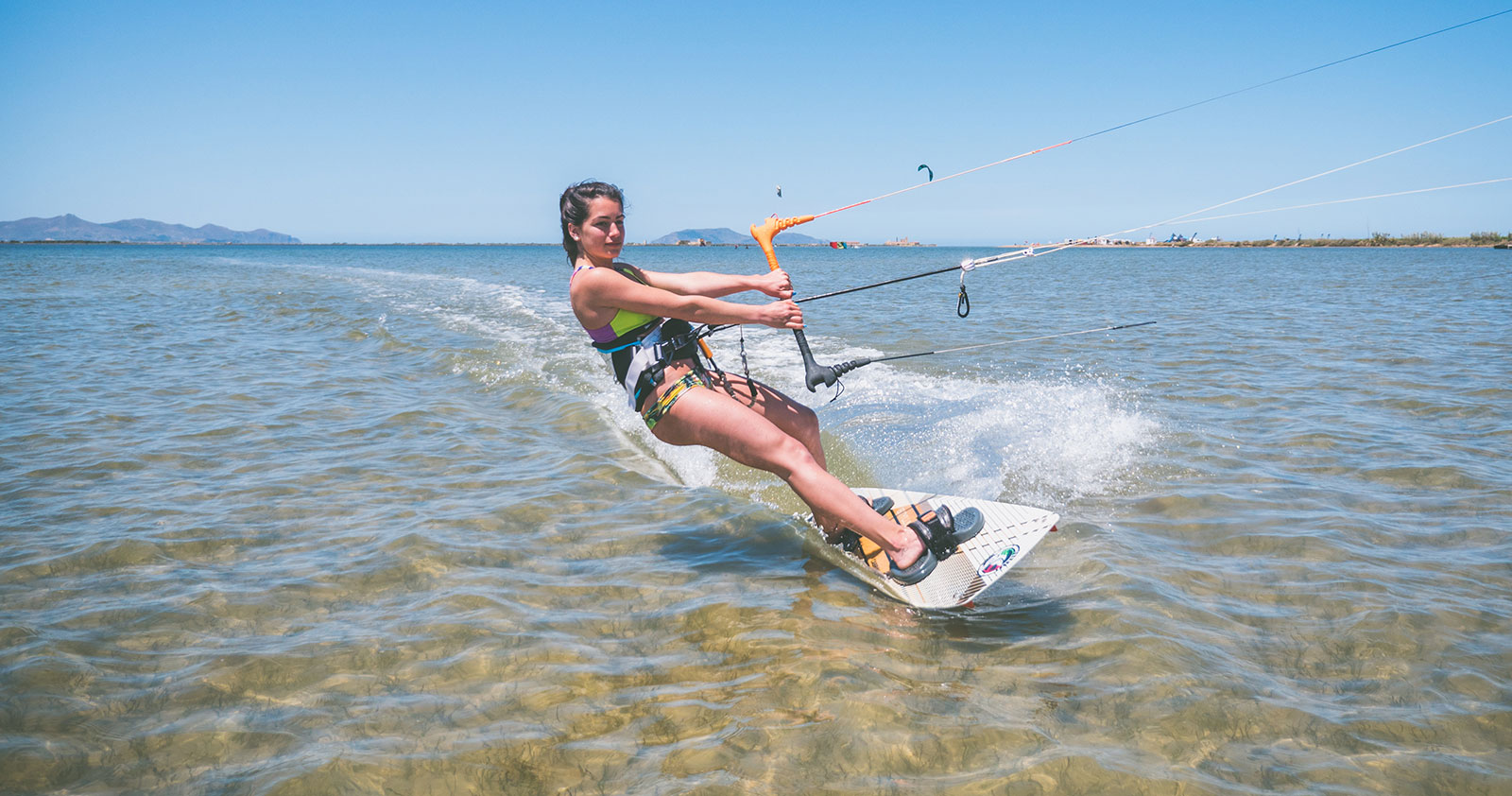Yes, jumping high and doing technical tricks might look impressive, but a large majority of kiters are happy if they can just cruise around and ride upwind without any problems.
Of course once you know how it is easy and it is easy to forget the days when getting back to the same point on the beach you started mean’t everything.
To help you out through those stages and try to improve your upwind riding here are 5 hot tips to improve your upwind riding from Laci Kobulsky and the guys and girls at ProKite Alby Rondina!













